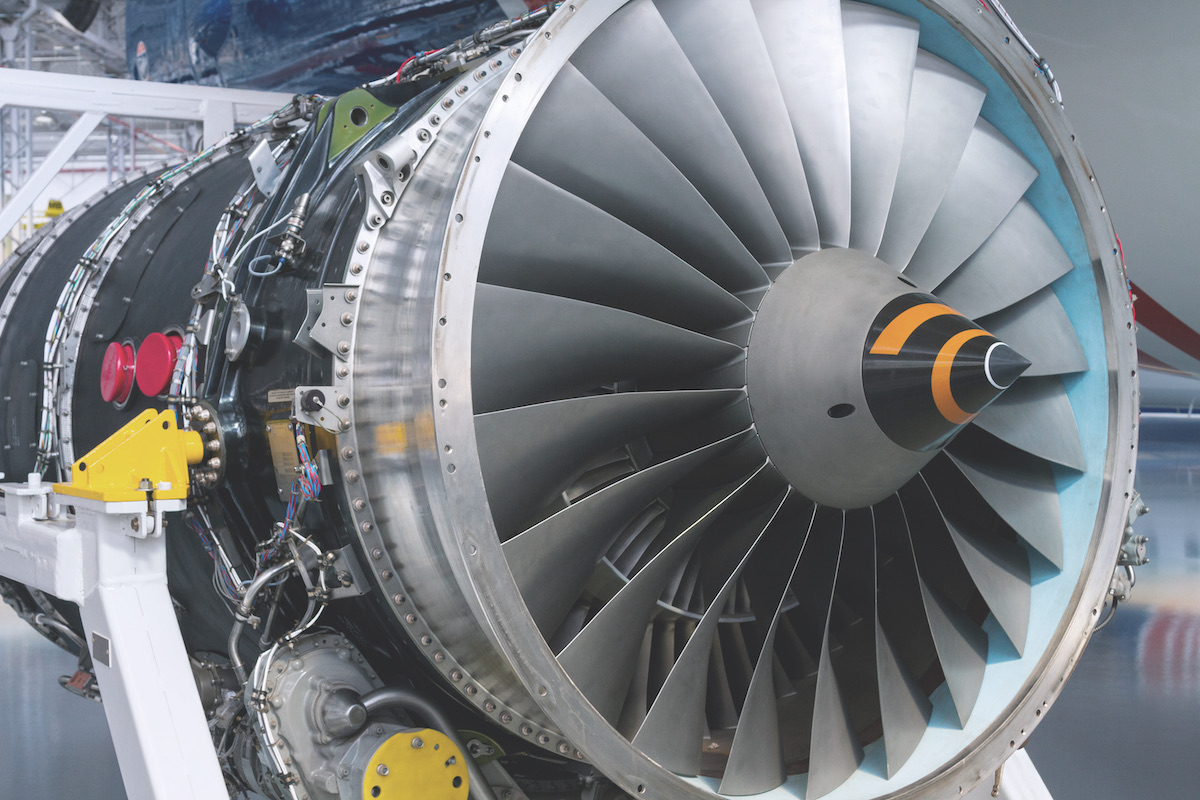Higher complexity parts with tighter tolerances along with new and unique materials like composites (thermosets/thermoplastics), sandwiched/stacked materials and others continue to challenge aerospace manufacturers. As manufacturers incorporate advanced machining strategies and processes to overcome these challenges, they are realizing that tool holding is a critical component and that not all tool holding systems will fly in terms of needed precision and repeatability.
What worked in the past doesn’t work today. Tighter tolerance requirements and difficult materials introduce new and daunting variables into the machining operations, forcing manufacturers to come up with new ways to optimize their processes. This means that in aerospace production, now all things matter – from the manufacturer’s specifications to qualification plans to machine accuracy and repeatability to tool holding.
The majority of materials, such Rene 41, 718 stainless steel, 625 Inconel, titanium, carbon fiber, sandwiched materials and others, used in the aerospace industry sector are extremely hard on cutting tools, so shops constantly strive for the longest possible tool life. When it comes to tool holding, the key to increased cutter life is a holder that provides ultra-low Total Indicated Runout (TIR). The goal is to get as close to zero TIR as possible because with every 0.0001″ of TIR reduction, experts say that tool life can increase by upwards of 50%.
In addition to extending tool life in challenging materials, toolholders with ultra-low TIR provide the necessary precision aerospace manufacturers need to meet stringent industry part and assembly tolerances. One in particular is full size determinant assembly (FSDA) tolerances.
While various aerospace OEMs may refer to the FSDA concept differently, how they design parts around it is basically the same. Essentially, the concept is that automated machines drill clean, precise, “full-size” holes prior to structure assembly. Such high-quality holes then line up easily for insertion of fasteners to join mating structures. When holes line up perfectly, it eliminates the need for disassembling the components to oversize or otherwise adjust the holes, which adds to production time.
Basically, the goal is to have holes of the joining parts line up the first time. If they don’t, time consuming adjustments must be made.
With its high levels of precision and repeatability, the REGO-FIX powRgrip System allows aerospace manufacturers to easily fulfill FSDA tolerance requirements. Unlike other clamping systems where heat or hydraulics are used, the powRgrip System uses the mechanical properties of the holder material to generate its tremendous gripping force. Such taper-to-taper collet-holding systems deliver extremely high levels of precision, and as a whole their Total Indicated Runout (T.I.R.) is typically less than 3 µm, which ensures accurate finished parts.
Given its low TIR and significant vibration damping qualities, powRgrip is also a perfect fit for today’s aerospace applications that can involve tool overhangs from 6” to 12”. Such precision also optimizes the machining of complex, critical aerospace components, allowing shops to benefit from the use of High Speed Cutting (HSC) or High Performance Cutting (HPC) strategies. The lower the TIR, the less tool vibration, and when vibration is low, the longer cutting tools last, which in turn reduces overall tooling costs.
Complex aerospace components made from challenging materials that require precision machining and assembly operations can involve production times ranging from several weeks to several months. Because the production time for aerospace components is influenced by a variety of factors, manufacturers strive to balance production speed with quality and efficiency to meet industry demands. They often achieve that balance with the help of high-precision tool holding systems.

